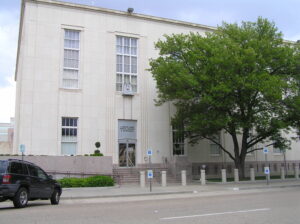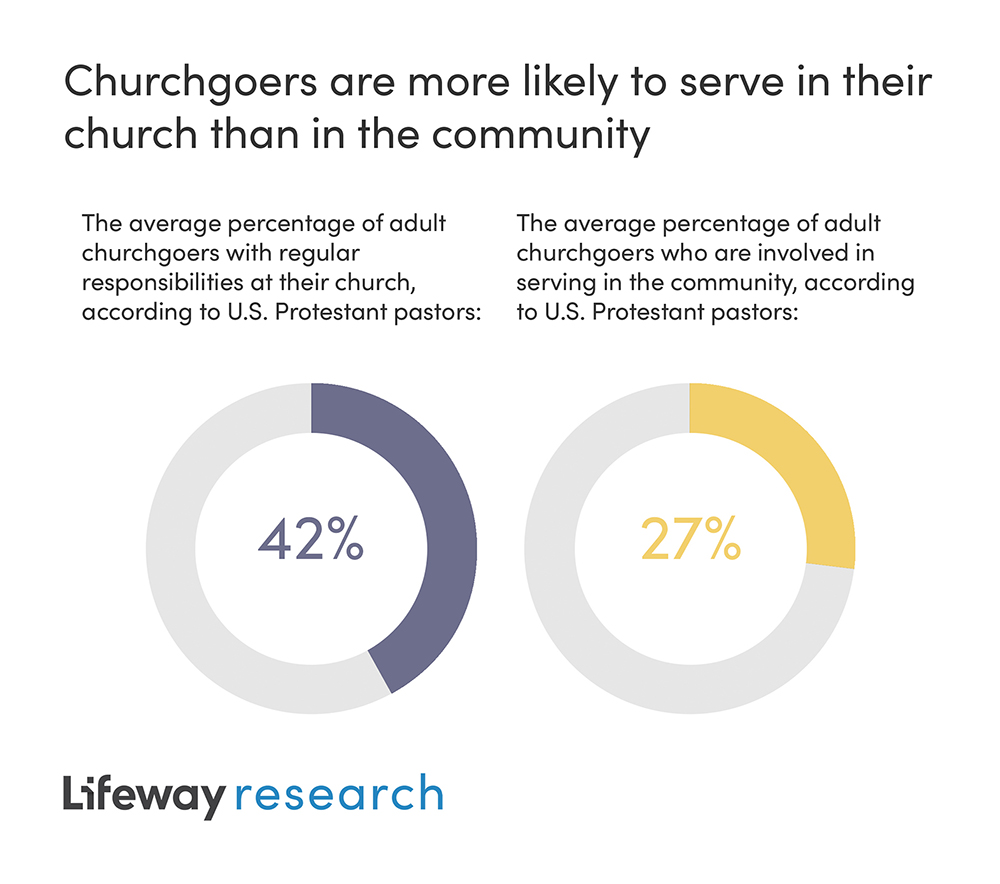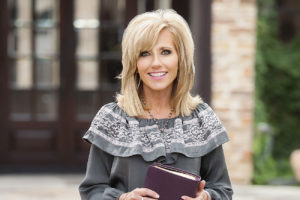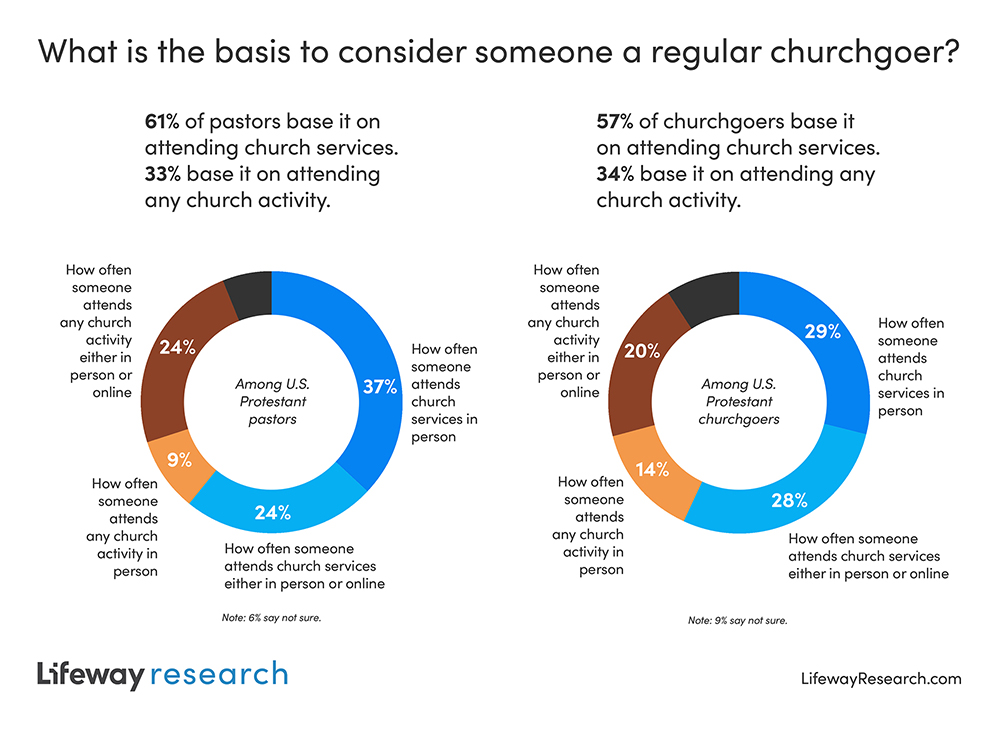Fewer churches face small cash reserves, survey says
NASHVILLE, Tenn.—After enduring difficult economic seasons recently, churches are better prepared for financial rainy days than they were prior to the COVID-19 pandemic.
A Lifeway Research study on the financial health of U.S. Protestants found fewer congregations have less than two months of cash reserves compared to a previous study in 2016.
Additionally, most churches have undergone a financial audit in the past two years, and fewer than 1 in 10 have had someone embezzle funds from the congregation.
“When hardships impact an organization, financial leaders carefully watch how much cash is on hand and how quickly they are spending it,” said Scott McConnell, executive director of Lifeway Research.
“Very rarely does cash stop coming in completely, though some churches experienced that for a few weeks in 2020. But hardships such as a financial recession can impact church receipts and force the use of cash reserves to get by. While improved, there are still too many churches with too little money in the bank given the uncertainties of 2023.”
Prior to 2022, 2016 was the last year a majority of pastors said the economy was having a negative impact on their congregation, according to an annual Lifeway Research study. This time, however, churches seem more equipped to handle the storm.
Around 3 in 10 U.S. Protestant pastors (31 percent) are not sure how many weeks of cash reserves their church has. Among those who know, the percentage of churches with less than 16 weeks of reserves has fallen from 50 percent in 2016 to 44 percent.
Specifically, 20 percent of pastors say their cash reserves are seven weeks or less, down from 26 percent in 2016.
Slightly more churches today have reserves ranging from 16 to 51 weeks. In 2016, 27 percent said that was the case. Today, 32 percent have that amount on hand.
The percentage of pastors today who say their congregation has more than a year’s worth is similar to 2016 (23 percent in 2016, compared to 24 percent in 2022).
Some churches are more likely to have less in the bank than others. African American (52 percent) and Hispanic pastors (35 percent) are more likely than white pastors (17 percent) to say they have less than eight weeks of cash reserves.
Pastors at small and normative sized congregations are also among the most likely to have little to no reserves. Those at churches with worship service attendance of fewer than 50 (24 percent) and between 50 and 99 (21 percent) say they have seven weeks or less in reserves.
Additionally, 1 in 5 pastors at the largest churches, those with 250 or more in attendance, say they have less than two months of cash reserves.
Most pastors (58 percent) say they have had a complete audit of their church’s finances within the past two years, including 47 percent who say the audit occurred within the past year.
Fewer say the audit took place three to four years ago (7 percent) or five or more years ago (12 percent). One in 10 pastors say their church has never undergone a financial audit, while 12 percent are not sure. These are similar to the percentages in 2016.
“Some state laws require that nonprofit organizations of a certain size file audited financial statements, but most churches have an option,” McConnell said. “Many congregations prefer to have this review to ensure that financial processes are being followed and that trust is maintained.”
Pastors 65 and older (54 percent) are more likely than their youngest counterparts, pastors 18 to 44, (42 percent) to say their church had an audit within the last year. Additionally, those younger pastors are also the most likely to say they are not sure the last time their church underwent a complete financial audit (16 percent).
Mainline pastors are more likely than evangelical ones to say their church conducted an audit within the past year (55 percent, compared to 45 percent). Methodists (75 percent) are the most likely to say their last audit was that recent.
 Relatively few pastors say their congregations have had someone embezzle money from them, but still around 1 in 13 churches (8 percent) have experienced this. More than 9 in 10 pastors (92 percent) say they are not aware of any past instances.
Relatively few pastors say their congregations have had someone embezzle money from them, but still around 1 in 13 churches (8 percent) have experienced this. More than 9 in 10 pastors (92 percent) say they are not aware of any past instances.
The rate is statistically unchanged from 2016 when 9 percent reported previous embezzlement and 91 percent were unaware of any.
“The misappropriation of funds is more likely when an organization lacks necessary processes so that multiple people are aware of every expenditure before it is made,” McConnell said. “Skipping some of those safeguards and streamlining financial accountability for the sake of ministry may sound easy to justify, but it can be a costly choice for a church.”
Restorationist movement pastors (16 percent) and those at Presbyterian/Reformed churches (14 percent) are among the most likely to know of an instance of someone embezzling funds from their church. Baptists (7 percent) and Pentecostals (4 percent) are among the least likely.
The phone survey of Protestant pastors was conducted Sept. 6-30, 2022. Researchers weighted responses by region and church size to reflect the population more accurately. The completed sample is 1,000 surveys, providing 95 percent confidence that the sampling error does not exceed plus or minus 3.2 percent. Margins of error are higher in subgroups.












